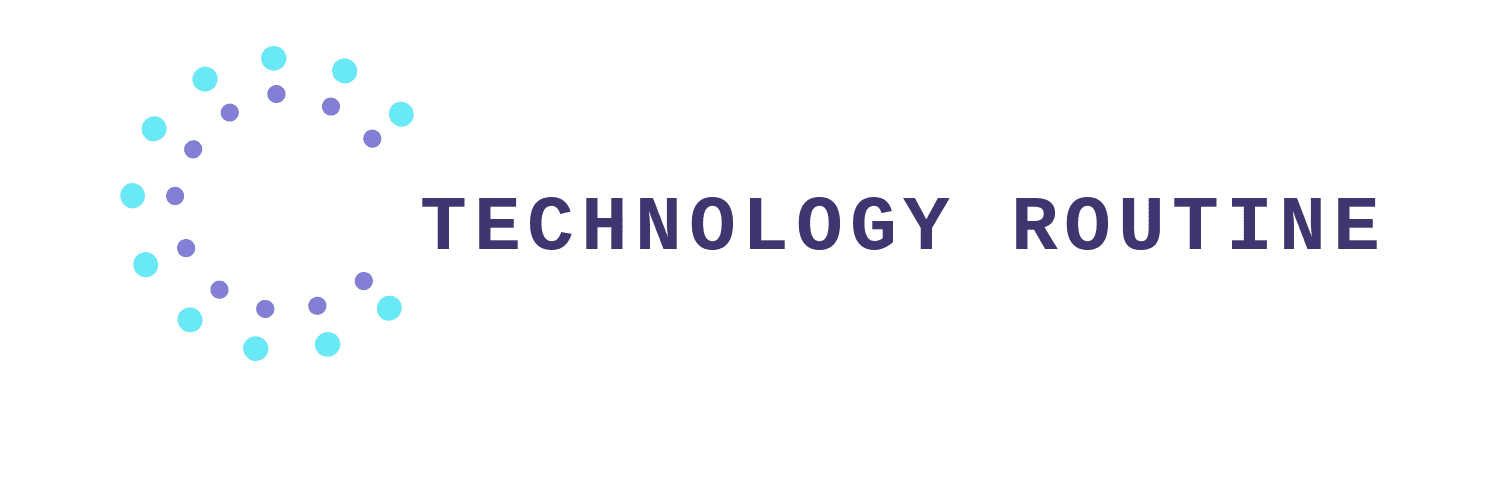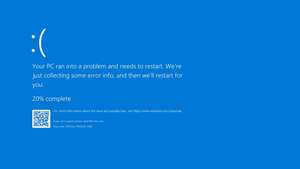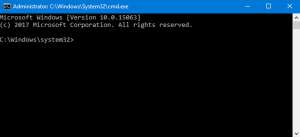
How to back up your data on Iphone ,Android and Computers
This going to teach you how to back up the data on your computer, phone, or tablet. Backing up your data creates a copy of your files on an external drive or in the cloud. You can recover your backed-up files and data later if your computer, phone, or tablet is damaged or erased.
Method1
Android (Google)
1.Open your Android's Settings.
It's the gray gear icon on your home screen or in the app list. All Android users have at least 15 GB of free Google Drive storage. If this isn't enough for your to back up your Android's data, you can upgrade to a Google One plan at https://one.google.com/about.
- Use this method to back up the following data to your Google Drive: Contacts, Google Calendar events, SMS texts, Wi-Fi networks and passwords, wallpapers, Gmail settings, apps, display settings, language settings, and other app and data settings.
- If you want to back up your photos, you'll need to use the Google Photos app.
2.Tap System. You may have to scroll down to find it.
- Because all Android manufacturers release slightly different versions of their Settings apps, you may have to do a little digging for the right location.
- If you have a Samsung Galaxy model, tap Accounts and backup instead.
3.Tap Backup or Backup and restore. If you don't see a "Backup" option, try searching your Settings app for the word "backup."
4.Toggle the "Backup to Google Drive" switch to On
. This tells your Android to automatically keep your data backed up to your Google Drive.
- If you don't see this option, you may have to tap Back up my data first.
- You may be prompted to confirm your Google password to before your backup begins.
5.Tap Back up now to run a manual backup (optional). It'll be near the top of the menu (although you may have to tap Google Account first on some Samsung Galaxy models). You can do this at any time to create an instant backup of your data to Google Drive.
6.Enable Automatic Restore (optional). If you want to automatically restore backed up app data and settings when reinstalling an app, toggle on the "Automatic restore" switch.
Method2
iPhone or iPad (iCloud)
1.Open your iPhone's Settings
. It's the gray gear icon on your home screen or in your app library.
- Use this method to back the data on your iPhone, iPad, or iPod Touch to your iCloud account. This ensures that your backed-up data stays in the cloud and is accessible anywhere you sign in.
- Backups will happen automatically when your iPhone or iPad is connected to power, locked, and has a wireless internet connection.
2.Tap your name at the top of the Settings menu.
3.Tap iCloud. It's the blue-and-white cloud icon.
4.Choose which data to back up. Under the "APPS USING ICLOUD" header, you'll see a list of apps with corresponding switches. If an app's switch is green (on), is synced to iCloud. Use the switches to toggle data backup for that app off or on.
- To back up your photos to iCloud, tap 'Photos at the top of the app list, and toggle "iCloud Photos" to the on position.
- Your iCloud account comes with 5 GB of storage. If you need more space for backups, you can upgrade by tapping Manage Storage near the top of the menu, and then selecting Change Storage Plan.
5.Scroll down and tap iCloud Backup. It's the green-and-white curved arrow icon toward the bottom of the menu.
6.Slide the "iCloud Backup" switch to On.
. As long as this switch is on, the data you selected will be backed up automatically once per day.
- If you get a new iPhone, iPad, or iPod Touch, you can restore your backed-up data during the setup process.
- To make a manual backup, tap Back Up Now.
Method3
iPhone or iPad (Finder or iTunes)
1.Connect your iPhone to your computer. Use the cable that came with your iPhone, iPad, or iPod Touch (or one that is compatible).
2.Open iTunes (Windows) or Finder (macOS). If you're using macOS Catalina or later, click the two-toned smiley face on the Dock to open Finder. If you have an earlier version of macOS or Windows, open iTunes.
- If prompted to update iTunes, follow the on-screen instructions to do so.
3.Click your iPhone's or iPad's name or icon. Your phone, tablet, or iPod's name will appear in the left panel in Finder. iTunes users should click the phone icon in the upper-left area of iTunes.
4.Decide whether to encrypt your backup.
If you want to require a password to restore from your backup, check the box next to "Encrypt local backup" in the "Backups" section. This is optional unless you want to back up your health and activity data from a synced Apple Watch.
- If you encrypt the backup, click Change Password to create a new password.
5.Click the Back Up Now button.
It's under "Manually Back Up and Restore" in the "Backups" panel. Once your backup is complete, the date of the backup will appear under "Latest Backup."
6.Click the blue Done button.
It's in the bottom-right corner of the window. You'll be asked if you want to apply your changes.
7.Click Apply.
Your data is now backed up. If you need to restore from your backup at any point, return to iTunes or Finder and click Restore Backup.
Method4
Windows (External Drive)
1.Connect an external hard drive to your Windows computer. You can do this by using one of your computer's USB ports. In order to back up your Windows computer, you will need an external hard drive on which to store the backup.
- Your external hard drive must be formatted for use with a PC for this to work. You can also use a high-capacity flash drive for this step.
- This method ensures that files in your Documents, Music, Pictures, Videos, Desktop, and OneDrive folders are all backed up to your external hard drive. If you want other files to be backed up, drag them to one of these folders.
2.Open your Windows Settings
. You can do this by opening the Windows menu and then clicking the gear icon in the lower-left side of the menu.
3.Click Update & Security . You'll find this option in the Settings window.
4.Click the Backup tab. It's in the upper-left side of the Update & Security page.
5.Click + Add a drive. It's under the "Back up using File History" header.
6.Select your external drive. This will set it as your computer's backup drive.
7.Click More options. It's the link below the "On" switch under "Back up using File History."
- Click Back up now.
This option is in the upper-left side of the page. This prompts Windows to assemble the backup and begin loading it onto your external drive.
- You may have to click Back up now a couple of times before your drive will begin backing up.
- You'll see a "Backup completed" notification in the bottom-right corner of your screen once the backup finishes, at which point you can eject and remove the external hard drive.
Method5
Windows (OneDrive)
1.Click the OneDrive icon in the notification area.
This white cloud icon is on the part of the taskbar that contains the time. If you don't see it, click the up-arrow (^) left of the clock to expand additional icons.
- If you're not signed in to OneDrive, the cloud icon is gray.[ Click the Sign In button and log in with your Microsoft account details to continue.
- If you don't subscribe to Microsoft 365, you have 5 GB of available backup space on OneDrive. If you do subscribe, you can store up to 1 TB of backed-up data on OneDrive.
2.Click the More icon.
It's the three horizontal dots at the bottom-right corner of the OneDrive menu. A menu will expand.
3.Click Settings on the menu. This opens the Microsoft OneDrive window.
4.Click the Backup tab. It's at the top of the Microsoft OneDrive window.
- Click the Manage Backup button.
It's at the top of the tab.
- Select the folders you want to back up.
You can back up the files in the Documents, Pictures, and Desktop folders so you don't lose any important data.
- When you select a folder to back up, the circle at its top-right corner will fill in with a checkmark.
- If you want to back up other files, move them to one of these folders.
- Click the Start backup button.
It's at the bottom-right corner of the window. The selected folders will now sync to OneDrive. You can watch the progress bar or close the window—the files will continue to back up in the background.
- You can access your backed-up data anywhere you sign in to OneDrive, including on the web at https://onedrive.com.
- To manage your backup settings, click the OneDrive icon in the notification area, and navigate to Help & Settings > Settings > Backup > Manage Backup.
Method6
macOS (Time Machine)
1.Connect an external hard drive to your Mac.
You can do this by using one of your computer's USB-C, Thunderbolt, or FireWire ports.
- Your external hard drive must be formatted for use with a Mac for this to work.
- You can also use a high-capacity flash drive for this step.
2 Open the Apple menu
. It's at the top-left corner of the screen.
3
Click System Preferences… on the menu.
- Click Time Machine.It's the green clock dial icon.
- Check the box next to "Back Up Automatically."
This ensures that you'll always have the latest backups without having to remember to perform them manually.
- If you do want to create manual backups instead, leave this box unchecked.
- Click Select Backup Disk….It's near the top of the window.
- Select your external drive.Click your external drive's name in the window.
- If you want to encrypt your backup so that a password is needed to restore the files, check the box next to "Encrypt backups."
- Click Use Disk.It's at the bottom of the window. This sets the external drive as your Mac's backup drive. If you set up automatic backups, your first backup will begin.
- If the drive is not formatted, you'll be prompted to format it first. This will erase all of the data on the drive.
- When the backup is complete, you'll see a "Time Machine has finished..." message. At that point, you can eject and remove the external hard drive.
- Create a manual backup.
If you didn't set up automatic backups, you can create a manual backup now:
- Click the Time Machine icon, which is the clock dial in the menu bar in the upper-right area of the screen.
- Click Back Up Now on the menu.
- When the backup is complete, you'll see a "Time Machine has finished..." message. At that point, you can eject and remove the external hard drive.
Method7
macOS (iCloud Drive)
1.Click the Apple menu
. It's at the top-left corner of the screen.
- Use this method to back up data, such as your documents and images, to your iCloud account. This ensures that your backed-up data stays in the cloud and is accessible anywhere you sign in.
2.Click System Preferences on the menu.
- Click Apple ID.It's the gray Apple icon near the top-right corner of the window.
- Click iCloud.It's the blue cloud icon in the left panel.
- If prompted, enter your Apple ID login and password to sign in.
5.Check the box next to "iCloud Drive" if it's not already selected. It's the first option in the right panel.
6.Click the Options button next to "iCloud Drive." It's at the top of the right panel.
7.Check the box next to "Desktop & Documents Folders." It's at the top of the list.
8.Choose which files to back up. If a green-and-white checkmark appears next to any of the app names below the Desktop & Document Folders header, files created with those apps will be backed up to iCloud. You can remove the checkmarks from any apps that you don't want to back up.
9.Click the Done button. It's at the bottom-right corner of the window.
10.Select additional apps to back up. Other apps that use iCloud appear in the list under iCloud Drive. Any of the options with blue-and-white checkmarks are already backing up to iCloud. You can toggle these options on and off as needed.
- If you want to save hard drive space on your Mac, you can check the box next to "Optimize Mac Storage" below the iCloud app list. This makes it so that if you get low on disk space, older files will be moved off your Mac and saved to iCloud Drive until you need them.
- You can access your backed-up files on your iPhone, iPad, or iPod Touch using the Files app, as well as on the web at https://www.icloud.com.







Comments